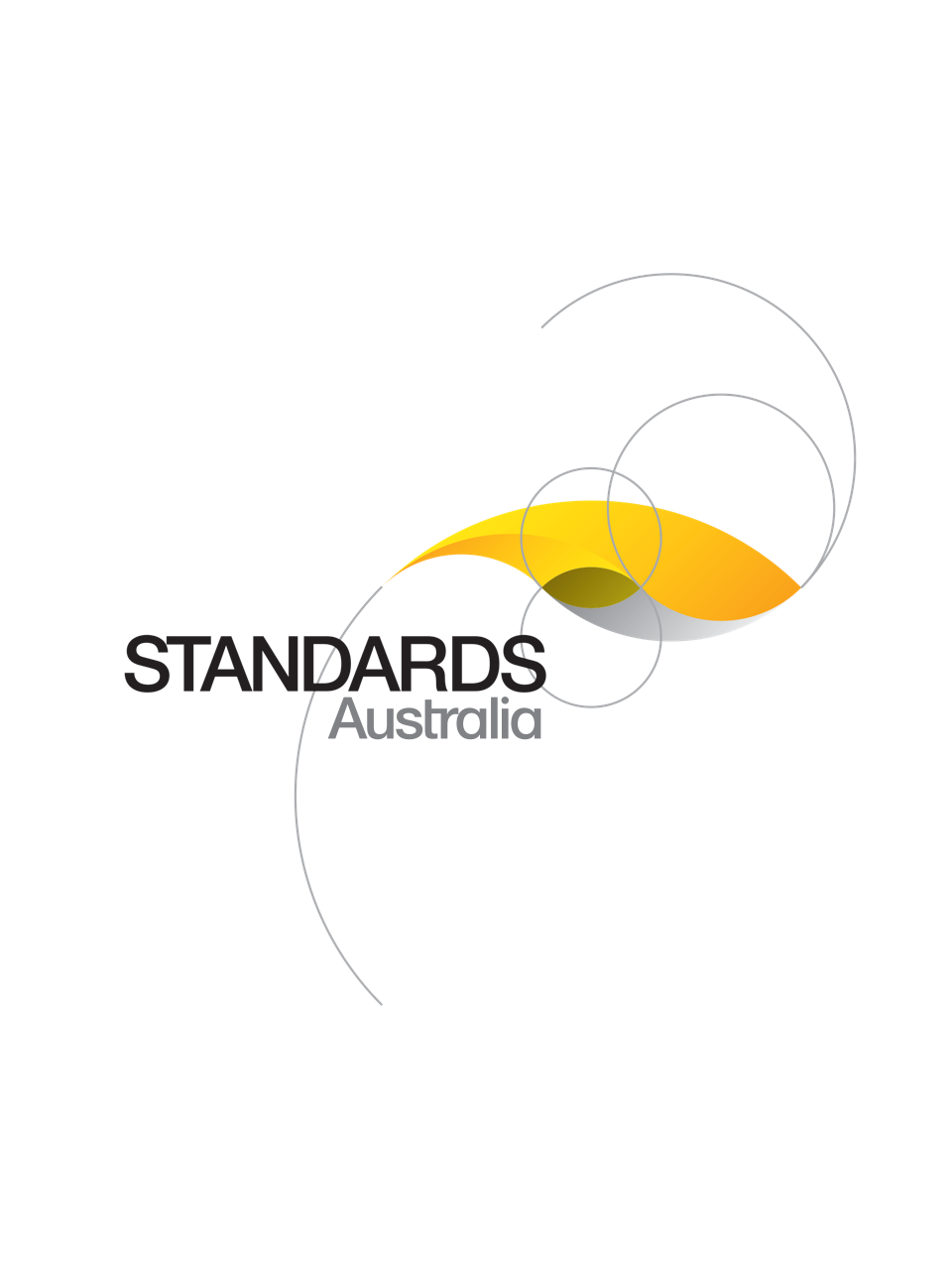Standard
Track updates
AS 5804.2:2025
[Current]High-voltage live work, Part 2: Glove and barrier work
AS 5804.2:2025 establishes the minimum requirements for high-voltage live stick work to safeguard live workers and the public.
Published: 27/06/2025
Pages: 24
Table of contents
Cited references
Content history
Table of contents
Header
About this publication
Preface
Introduction
1 Scope and general
1.1 Scope
1.2 Application
1.3 Normative references
1.4 Terms and definitions
1.5 Responsibilities
1.6 Premise
2 Work practices for glove and barrier work
2.1 Minimum requirements
2.2 Inspection and testing of insulating gloves and sleeves
2.3 Working from an insulating EWP
2.4 Inspection of an insulating EWP
2.5 Direct connected hydraulic tooling
2.6 Working from an insulating platform or insulating positioning tower
2.7 Barrier insulation
2.8 Live work manual
2.9 Operation of switching devices
2.10 Maintenance of effective insulation
2.11 Making and breaking of electrical connections
2.12 Two levels of insulation
2.13 Transition between work methods
3 Combined live work methods
3.1 General
3.2 Combination of glove and barrier and stick methods
4 Live worker insulation types
4.1 Minimum air insulation to uninsulated body
4.2 Other energized electrical apparatus
5 Equipment
5.1 Gloves and sleeves
5.1.1 General
5.1.2 Types of insulating gloves
5.1.3 Colour and marking of insulating gloves and sleeves
5.1.4 Use of protective outer gloves
5.1.5 Use of inner gloves
5.1.6 Overlap of gloves and sleeves
5.2 Insulating barriers
5.2.1 General
5.2.2 Styles of insulating barriers
5.2.3 Use of insulating barriers on single wire earth return systems
5.2.4 Temperature performance of insulating barriers
5.2.5 Installation of insulating barriers
5.3 Flexible barrier insulation
5.3.1 General
5.3.2 Rubber insulating blankets
5.3.3 Rubber insulating line hose
5.3.4 Rubber insulating covers
5.3.5 Insulation characteristics — Flexible barrier insulation
5.3.6 Voltage rating of flexible barrier insulation
5.3.7 Class of flexible insulation
5.4 Rigid barrier insulation
5.4.1 General
5.4.2 Classification
5.4.2.1 Types
5.4.2.2 Grades
5.4.2.3 Classes
5.4.3 Workmanship, finish and appearance
5.4.4 Marking
5.4.5 Testing
5.4.6 Insulation characteristics — Rigid barrier insulation
5.5 Voltage rating of rigid barrier insulation
5.6 Insulating elevating work platforms
5.6.1 General
5.6.2 Inspection and cleaning before use
5.6.3 Insulation of the basket of the insulating EWP
5.6.4 Tooling or other accessories
5.6.5 Work carried out on an insulating EWP
5.6.6 Earthing and bonding of the chassis of the insulating EWP
5.6.7 Lanyards
5.7 Insulating platforms
5.7.1 General
5.7.2 Requirements
5.8 Insulating positioning towers
5.9 Insulated temporary jumpers
5.10 Live work sticks
6 Care and maintenance of equipment
6.1 Equipment cleaning and maintenance
6.1.1 Insulating gloves and sleeves
6.1.1.1 Cleaning
6.1.1.2 Testing and inspection
6.1.2 Storage of insulating gloves and sleeves
6.1.3 Repair of gloves and sleeves
6.1.4 Insulating barriers
6.1.4.1 Flexible insulating barriers
6.1.4.2 Rigid insulating barriers
6.1.5 Storage of insulating barriers
6.1.6 Repair of insulating blankets
6.1.7 Insulating basket liner
6.1.8 Insulated temporary jumpers
6.1.9 Insulating section of EWP
6.1.10 Live work sticks
6.1.11 Insulated hydraulic tool hoses
6.1.11.1 Inspection and cleaning
6.1.11.2 Storage
6.1.11.3 Lanyards
6.2 Equipment electrical test
6.3 Periodic electrical testing intervals
Bibliography
Cited references in this standard
[Superseded]
Insulating liquids, Part 2: Test methods, Method 2.1: Determination of the breakdown voltage at power frequency
[Withdrawn]
Insulation coordination (phase-to-earth and phase-to-phase, above 1 kV), Part 2: Application guide
[Current]
Personal equipment for work at height, Part 4: Selection, use and maintenance
One-time Purchase
Access via web browser on any device
One-time purchase
Single publication
Offline access via PDF^
$125.14 AUD
Inclusive of GSTFormat *
Web Reader
Licenses *
1 License (for yourself - not shareable)
Total$125.14 AUD
IMPORTANT
